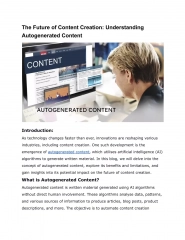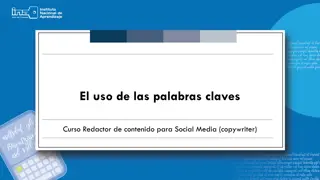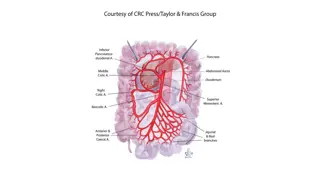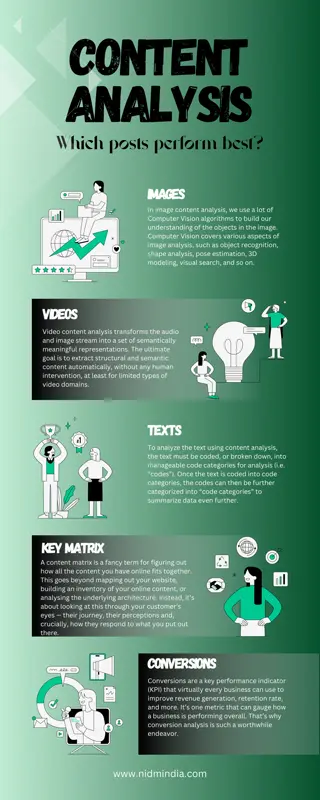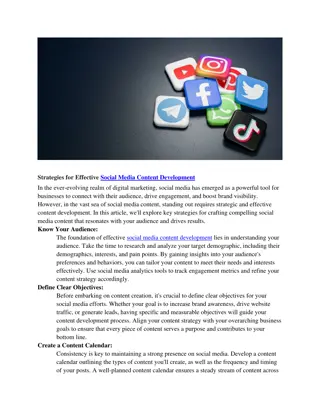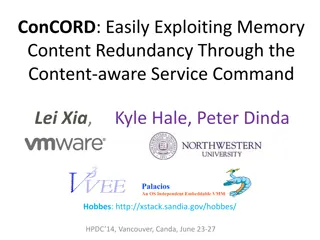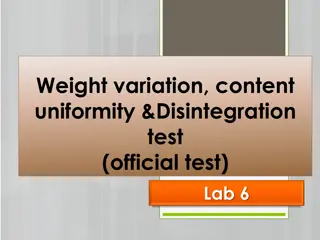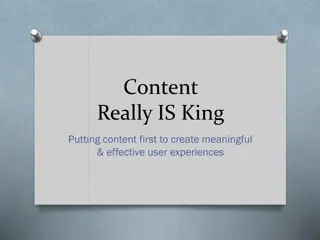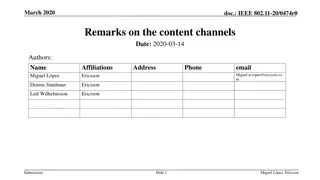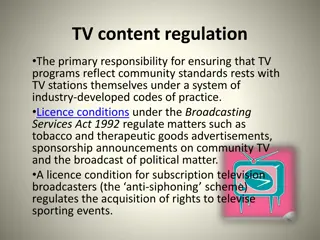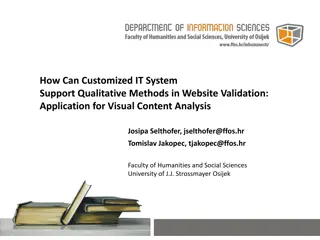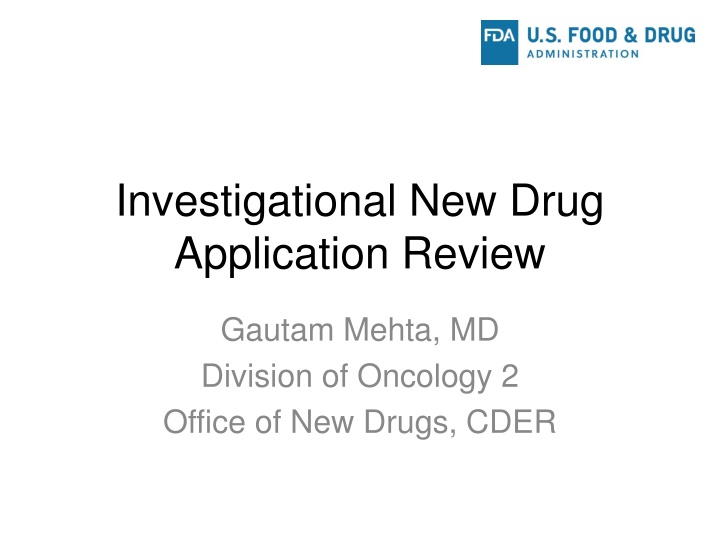
Investigational New Drug Application Review Process Explained in Detail
Learn about the Investigational New Drug (IND) Application review process, including FDA regulations, IND qualifications, multi-disciplinary review teams, IND review process, and safety criteria. Gain insights into the crucial steps involved in bringing new drugs to market and the importance of protecting clinical trial participants.
Download Presentation

Please find below an Image/Link to download the presentation.
The content on the website is provided AS IS for your information and personal use only. It may not be sold, licensed, or shared on other websites without obtaining consent from the author. If you encounter any issues during the download, it is possible that the publisher has removed the file from their server.
You are allowed to download the files provided on this website for personal or commercial use, subject to the condition that they are used lawfully. All files are the property of their respective owners.
The content on the website is provided AS IS for your information and personal use only. It may not be sold, licensed, or shared on other websites without obtaining consent from the author.
E N D
Presentation Transcript
Investigational New Drug Application Review Gautam Mehta, MD Division of Oncology 2 Office of New Drugs, CDER
Disclosures None 2
FDA Mission The FDA is responsible for protecting the public health by ensuring the safety, efficacy, and security of human and veterinary drugs, biological products, and medical devices; and by ensuring the safety of our nation's food supply, cosmetics, and products that emit radiation. Drug and biologics must be proven safe and effective to FDA s satisfaction before companies can market them in interstate commerce. FDA does not take into account cost or payment issues. FDA does not regulate practice of medicine . 3
Investigation New Drug (IND) Application Regulatory review spans drug development and starts with the IND Purpose: Protection of clinical trial participants and evaluation of quality of scientific study in later phases IND application Marketing approval Phase 0/1 Post-Marketing Phase 2/3 4
What Qualifies for an IND? Investigational Any experiment (any use of a drug except for the use of a marketed drug in the course of medical practice) in which a drug is administered or dispensed to or used involving one or more human subjects. New Drug Recognized in US Pharmacopoeia, Homoeopathic Pharmacopoeia, etc. Intended for use in the diagnosis, cure, mitigation, treatment, or prevention of disease. Intended to affect the structure or any function of the body. A food or dietary supplement is a drug if it meets these criteria (e.g. curcumin) 5
Multi-Disciplinary IND Review Non-Clinical Pharmacology & Toxicology Clinical Team (Specialty Expertise) Project Management Clinical Pharmacology Product Quality Statistics 6
IND Review Process 30-day Safety Review Determines if IND is safe to proceed or placed on hold Reviewed on the following criteria: Does not pose an unreasonable or significant risk of illness or injury Is adequately designed to meet its stated objectives 7
IND Risk Determination Biopsies for specific biomarkers IND submitted to CDER risk determination asked of CDRH Often a selection biomarker for enrollment on trial For solid tumors that are incurable or hematologic malignancies without long survival rate Available therapies may not provide meaningful benefit Patients could delay alternative therapies until after a clinical trial Requires patients can be adequately consented 8
Acknowledgements Jennifer Gao, MD (OCE) Harpreet Singh, MD (CDER) Jeffery Seidman, MD (CDRH) Julia Beaver, MD (OCE) Contacts: Gautam.Mehta@fda.hhs.gov Jennifer.Gao@fda.hhs.gov 9
Role of the FDA An IND is needed whenever studies in humans are conducted in the U.S. First-in-human and exploratory/proof-of-concept studies: safety Confirmatory safety and efficacy studies: safety and quality of scientific evaluation Review teams discuss IND at safety meeting FDA teams may send Information Requests for revisions or clarifications Deficiencies: these changes must be made Comments: suggestions to think about FDA has 30 days to review an IND Multidisciplinary team: manufacturing, clinical pharmacology, statistics, pharmacology/toxicology, clinical 11
Safety Reporting Report any suspected adverse reaction that is both serious and unexpected must meet all three definitions Suspected: any adverse event for which there is a reasonable possibility that the drug caused the event Unexpected: not listed in the investigator brochure Serious: Death or life-threatening Hospitalization A medical/surgical intervention to prevent any of the above A persistent/significant incapacity or substantial disruption of the ability to conduct normal life functions Congenital anomaly 12
Meetings with FDA FDA meeting categories Pre-IND meeting End-of-phase 1 meeting End-of-phase 2 meeting/pre-phase 3 meeting Pre-NDA meeting Meeting formats: Face to face at FDA White Oak (pre-COVID) Teleconference Written responses only 14
Biomarkers: More Than Prediction of Response Biomarkers have potential value across the full spectrum of cancer drug development and clinical care Facilitate diagnosis Select optimal dose Inform prognosis Select patients for treatment (in trials or in practice) Predict response to therapy Monitor response to treatment 15
Important Caveats Not every drug will have an identifiable, testable biomarker. Not every biomarker will be essential to safe and effective use of the drug. Some drugs will have more than one biomarker. Inclusion of some marker-negative patients early in development is beneficial 16

